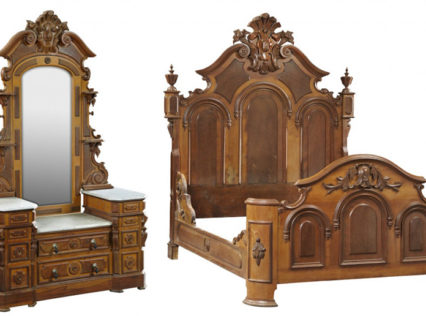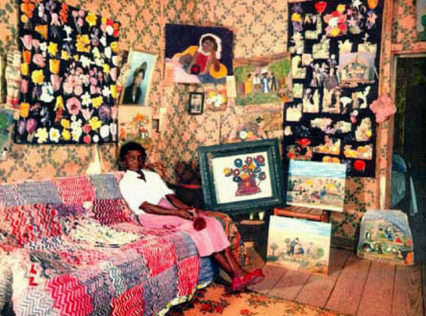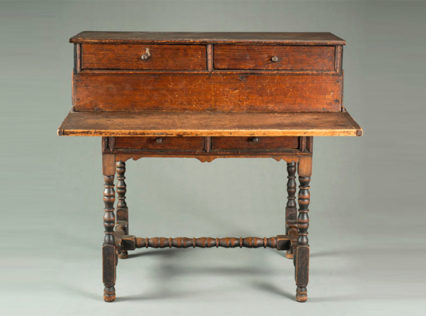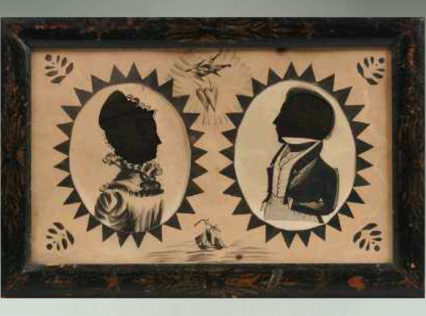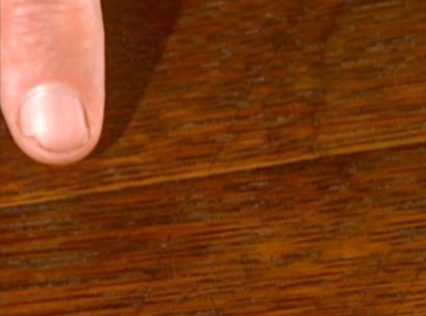Prairie Style – An American Original
This week The Appraisal Group is featuring the look book of 20th-century Americana. Today, we visit Prairie style. Solidly American, Prairie Style was an outgrowth of the American Arts and Crafts Movement. It took root mostly in midwestern and western states. But you see examples of it everywhere – from Boston where Louis and Sullivan built skyscrapers to Illinois where Frank Lloyd Wright was working, and from Minneapolis to Portland where William Gray Purcell’s firm had offices.
After the Great Chicago Fire of 1871, there was a need to rebuild. The young architects of the period rebelled against the Greek and Roman classicism that was the dominant style of the era. The wanted to applaud America and its marvelous landscapes so they began by integrating architecture into the landscape. Basically, the style is characterized by horizontal lines, flat or hipped roofs with broad overhanging eaves, and generous windows grouped in horizontal bands.

The elegance of the style comes to light in such landmarks as Palm Beach’s Morocco Temple (shown below) and the Merchants Nation Bank in Winona, Minnesota. As far as homes go, Prairie Style flung open bands of horizontal windows that put its owners in touch with their surroundings (also shown below).
The furniture was, like that of of the Arts and Crafts Movement, linear and sleek. It echoed the horizontal lines and bands of the architecture. Lamps, stained glass windows, tile mantle pieces all with dramatic and spare ornamentation were integral to the style.
Today, furniture of the period by the “starchitects” commands big money at auction and on 1st Dibs. If you think you have an item from the Prairie Style School, contact me at The Appraisal Group. Not only could it be financially rewarding for you but you would also be preserving a part of America’s historic past.







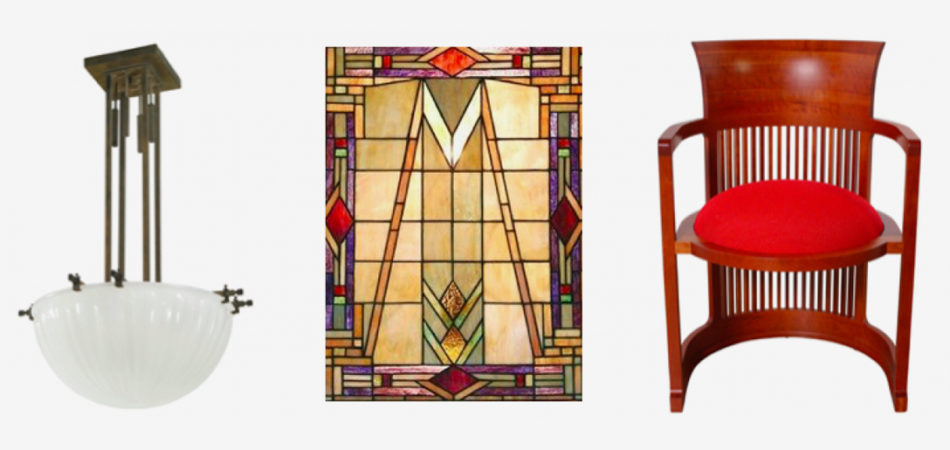
 Dec 16, 2022
Dec 16, 2022 

